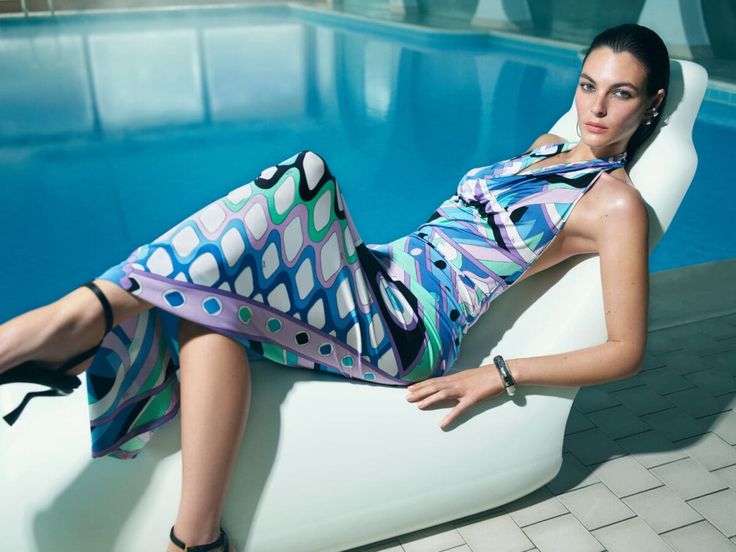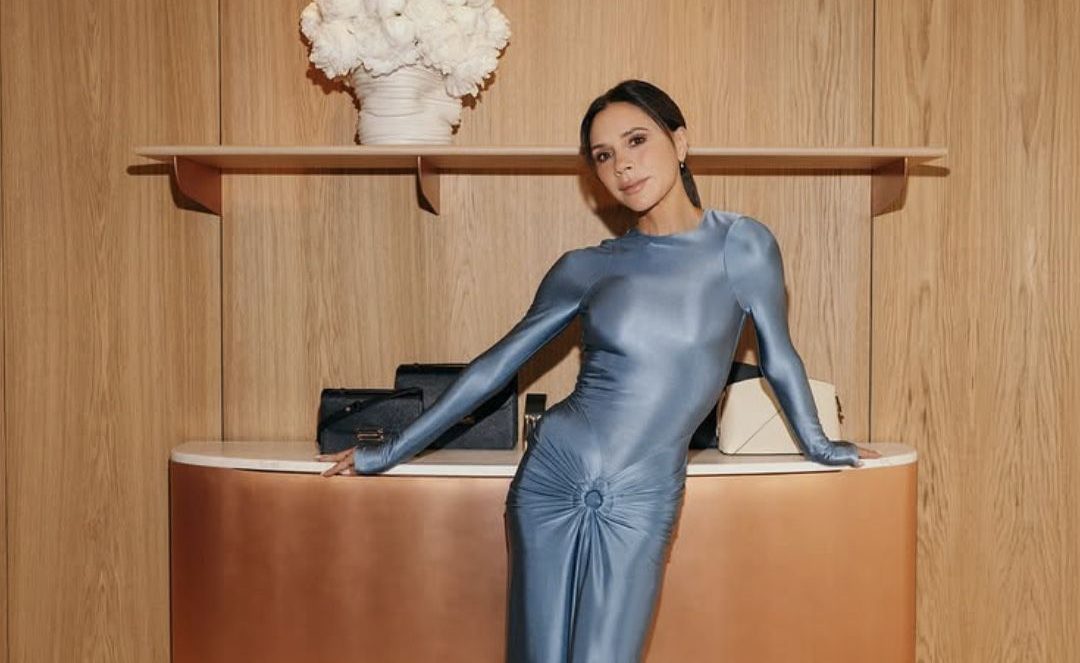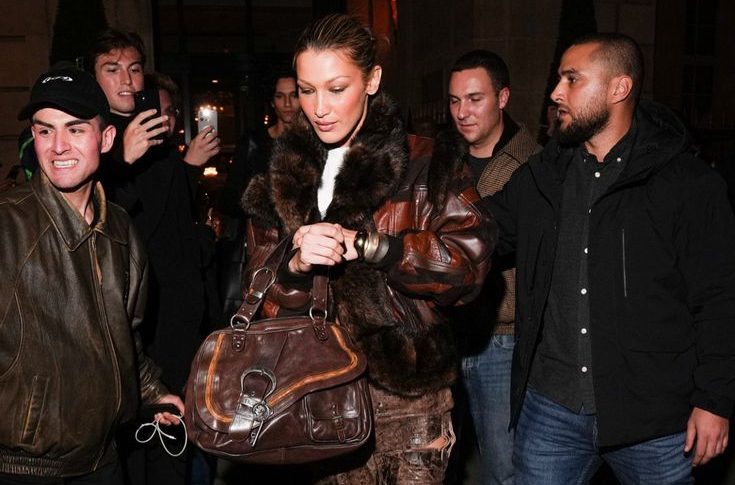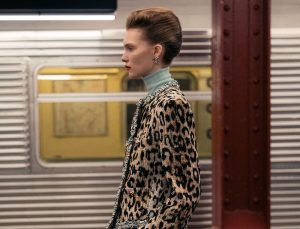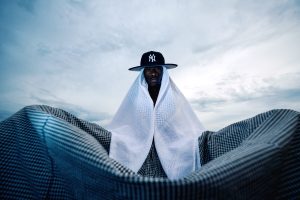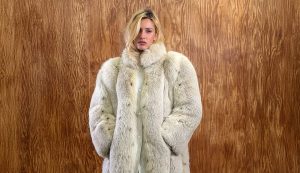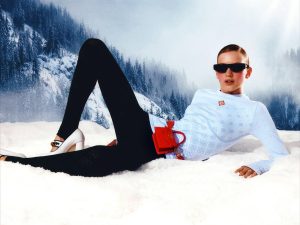Vibrant colors, hypnotic prints, and dolce vita: Pucci makes a spectacular comeback under the banner of chic maximalism. With Camille Miceli at the helm, the Italian brand is reborn without betraying its flamboyant DNA. Blending archival inspiration with a fresh new spirit, Pucci now embodies a joyful, dynamic, and deeply free approach to fashion, more than ever. A refreshing burst of joy in a sea of minimalist fashion.
A historic fashion house born to shine
Founded in 1947 by Emilio Pucci, the Italian house bears the mark of a designer with a storybook destiny. Descended from centuries of aristocracy, Emilio, a marquis by title, was the first in his family to work, almost by accident in fact.
It all began on the slopes. A passionate skier and lover of winter sports, he designed suits for the Italian Olympic team. But it was a friend, dressed in one of his creations, who caught the eye of a Harper’s Bazaar photographer. Impressed, the magazine’s editor-in-chief asked him to create a collection of clothes and accessories for a fashion feature. And just like that, his journey began.
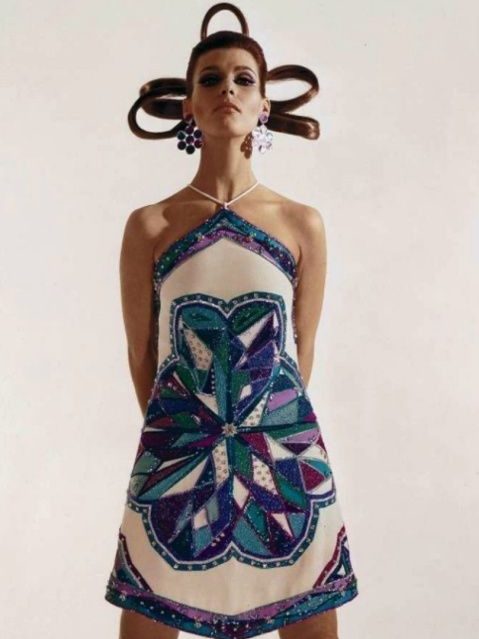
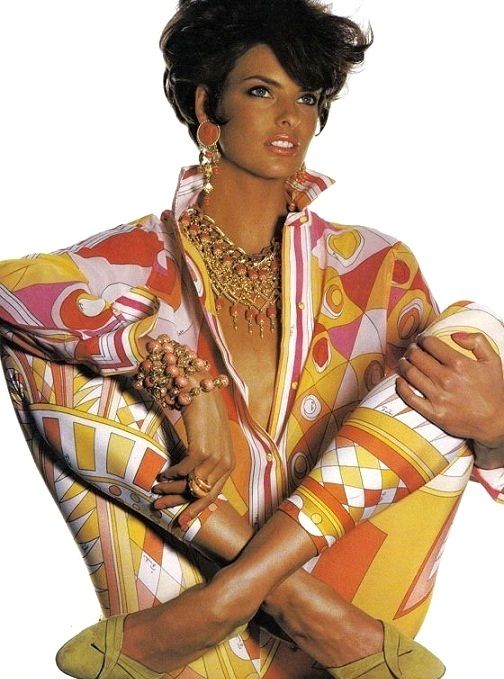
From 1950 onwards, Emilio devoted himself entirely to fashion and opened his first boutique in Capri. He even coined the term for the now-famous capri pants. Soon nicknamed the “prince of prints,” he developed a psychedelic, pop, and ultra-graphic world instantly recognizable. His creations became the uniform of the 1960s and 1970s jet set, from Marilyn Monroe to Jackie Kennedy, everyone fell for his vibrant aesthetic that perfectly captured the spirit of the dolce vita.
Camille Miceli and the modern rebirth
A few years after the house was acquired by LVMH, a new chapter began for Pucci. Since 2021, Camille Miceli has been at the helm. French Italian and formerly with Dior and Louis Vuitton, she spent many years working on accessories before taking on her first full artistic direction here. Her vision? Creating clothes for women with a joyful spirit, deeply connected to the reality of those who wear them.
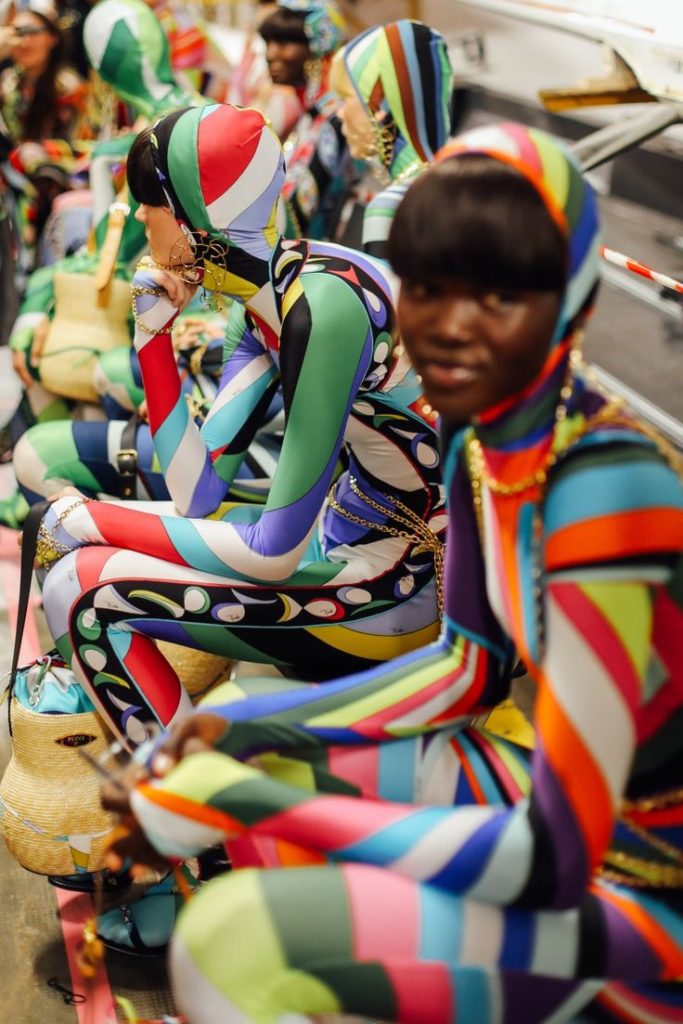
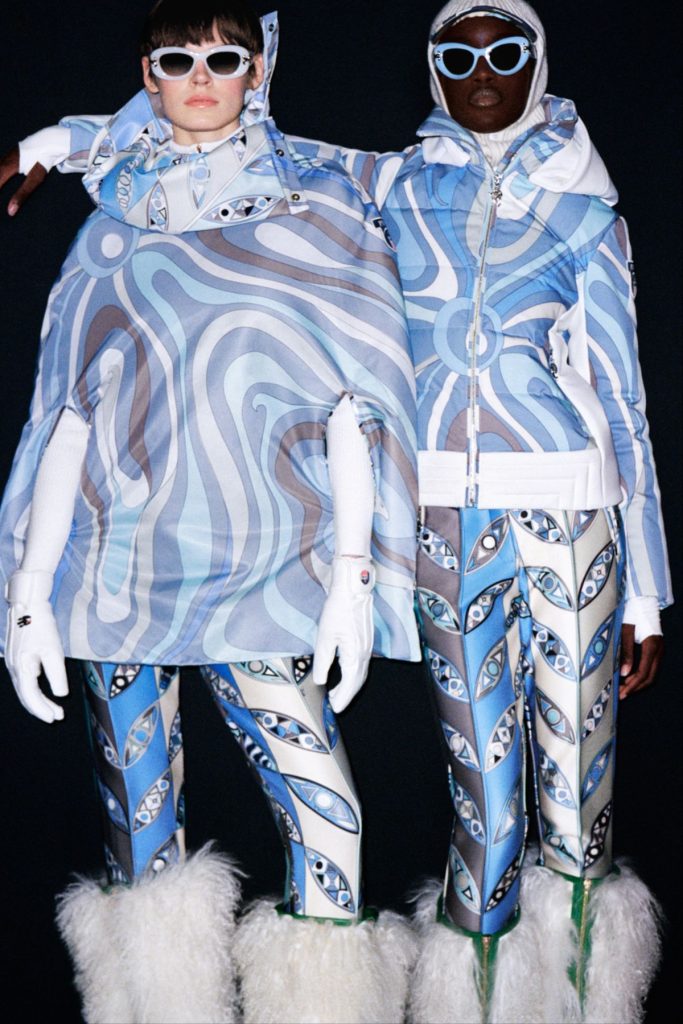
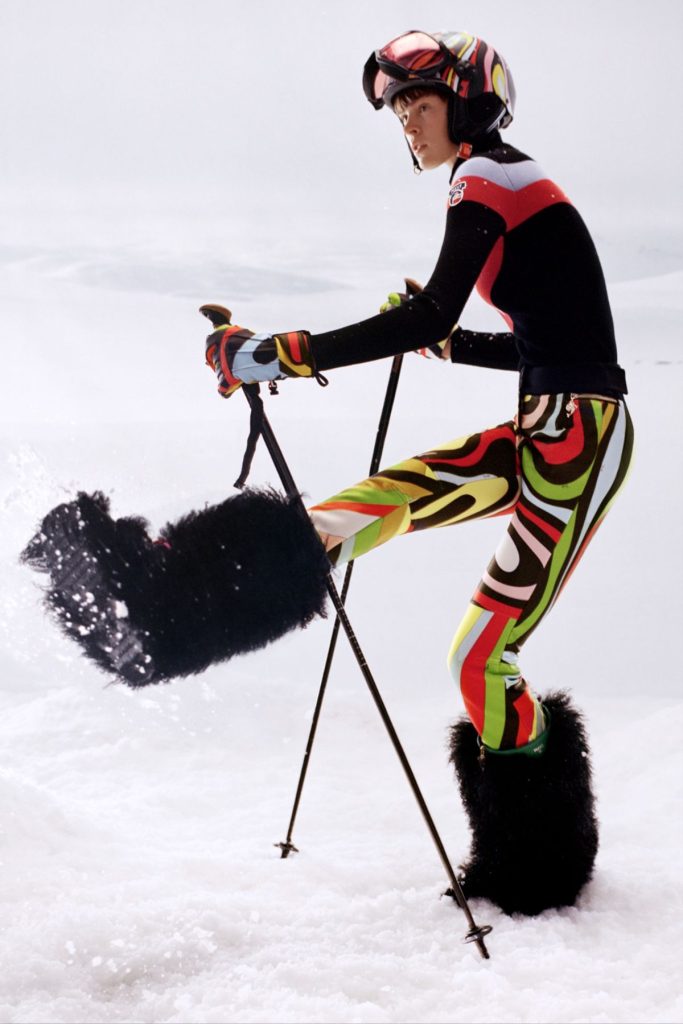
From the moment she arrived, she immersed herself in the house’s archives, reviving its prints, fabrics, and colors while reinventing the cuts. Pucci’s style in the 2020s stays true to its founder’s vision yet feels perfectly in tune with today. The ultimate proof that these pieces from the past still belong to the present: the comeback of the Capri. That close-fitting, cropped, often high-waisted trousers. It was everywhere this summer and continues to shine mid-season.
Camille Miceli is also reinventing how the brand presents itself: a runway show in Portofino, collaborations with influential content creators such as Maïna Suarez, MV Tiangue, and Carla Ginola in France. Internationally, the house designed a custom outfit for Hailey Bieber for the launch of Club Rhode in Palma de Mallorca.
Long live maximalism!
In a fashion landscape ruled by a taste for sobriety, neutral tones, clean lines, discreet silhouettes; Pucci’s colors and prints strike like a true electric shock. Where others favor restraint, the Italian house celebrates movement, freedom, and a generous dose of joy.
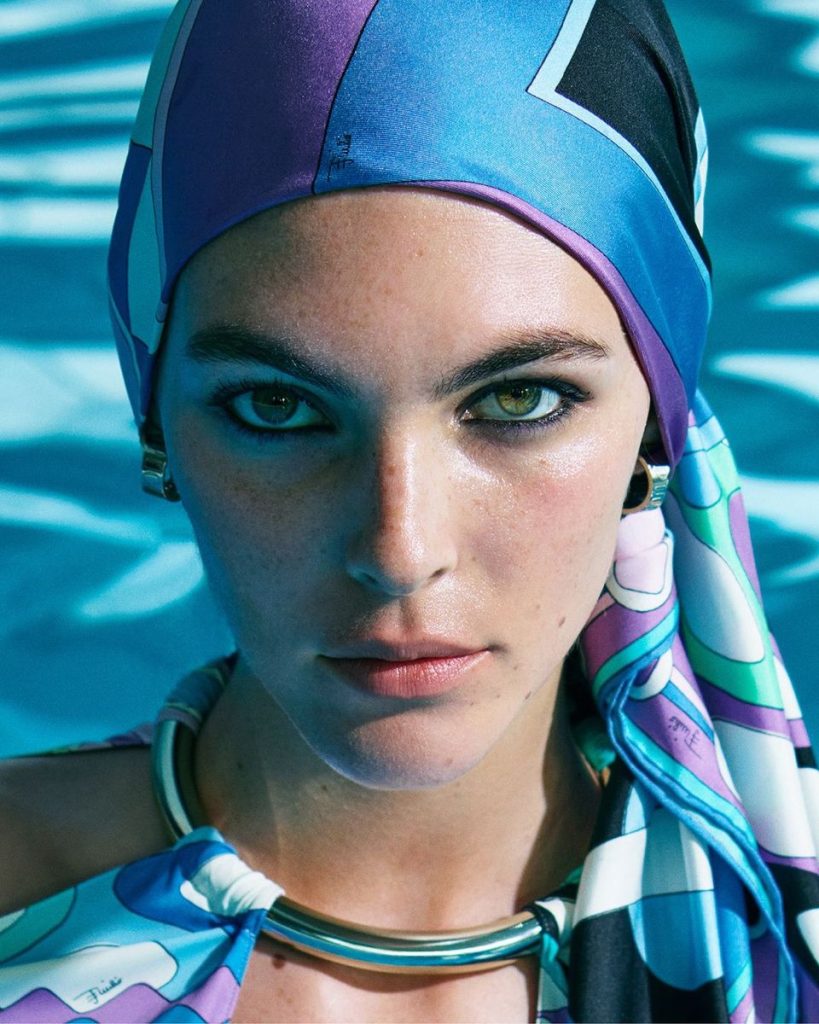
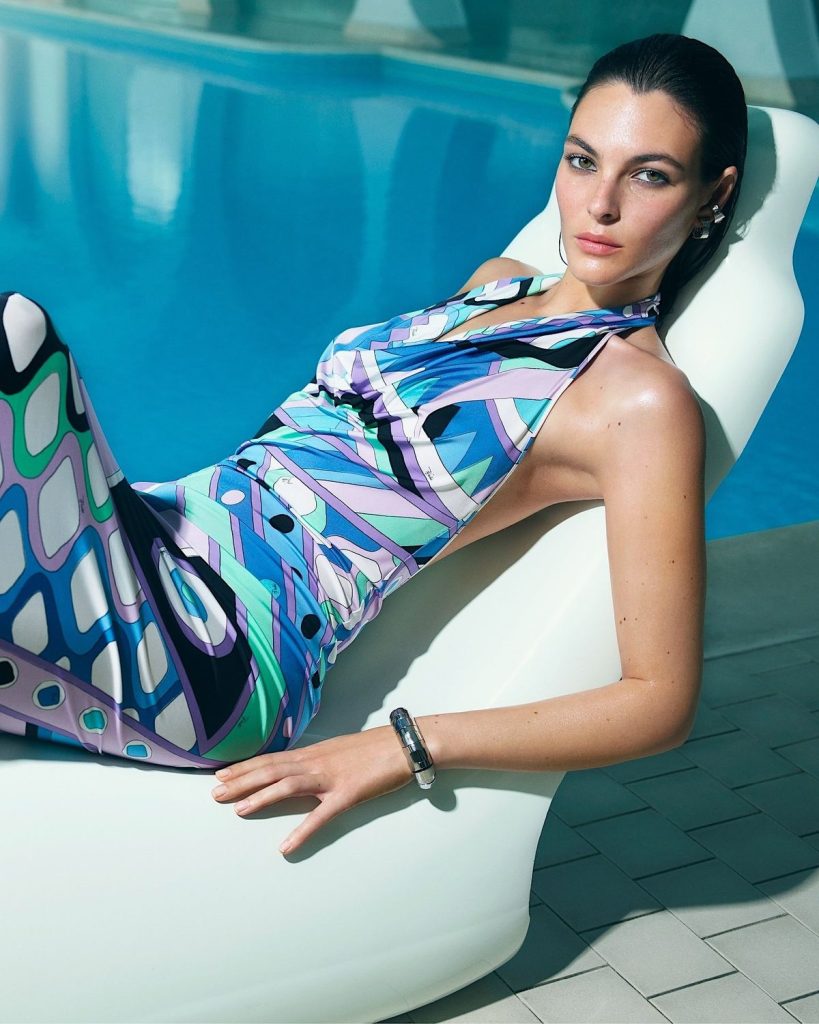
At Pucci, tradition does not translate into minimalism. On the contrary, the brand’s heritage is exuberant, filled with psychedelic patterns and saturated colors. This is what defined its golden age in the 1960s and 1970s, a time when fashion was first and foremost a language of liberation.
Back then, color carried meaning: it stood for emancipation and defiance of convention. Those pop hues were a visual outcry, a tool of rebellion, and a way to assert individuality. In a world that often seems to fade into grey, could wearing Pucci today be, in its own subtle yet striking way, a way to reclaim power?


